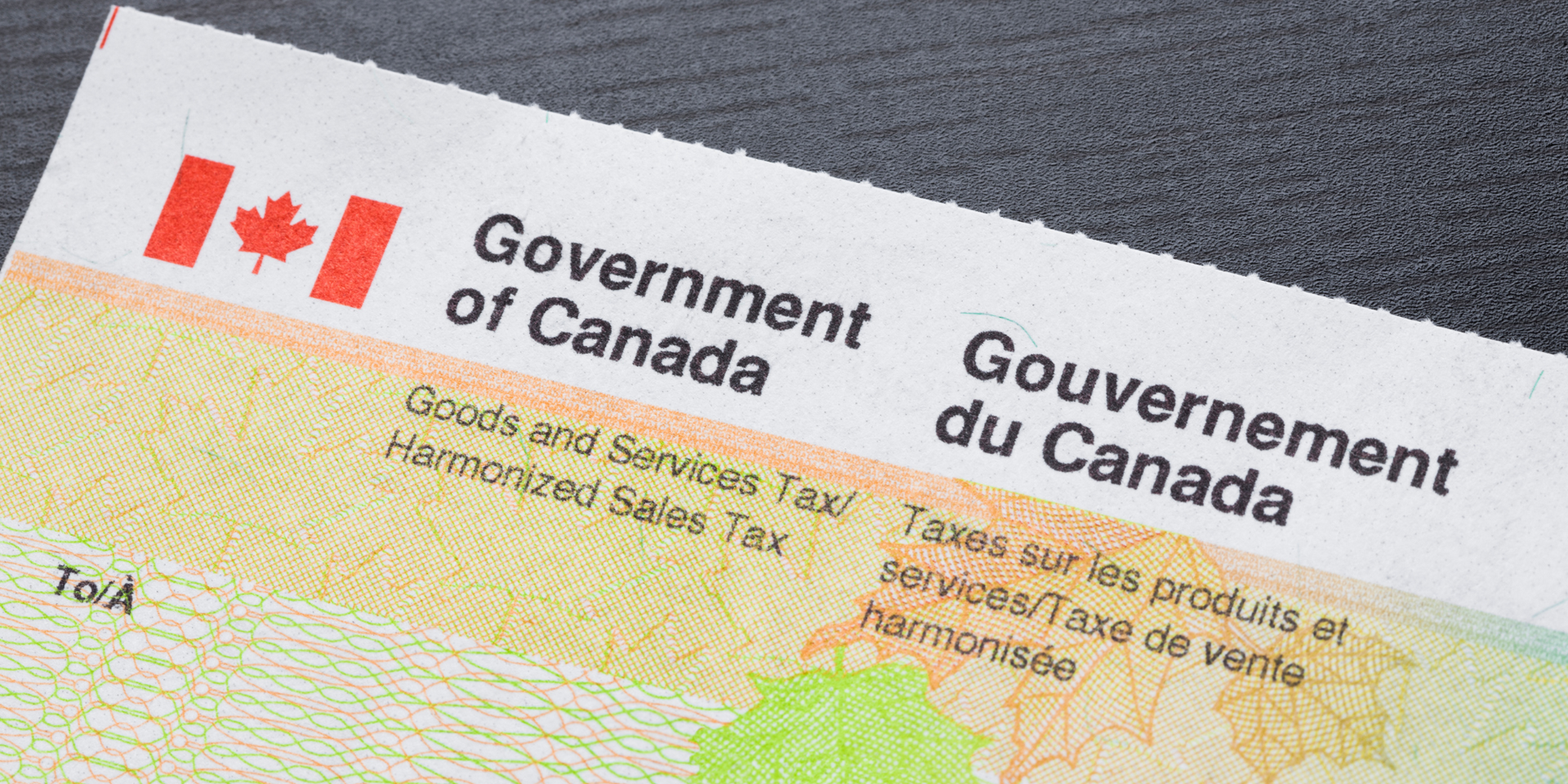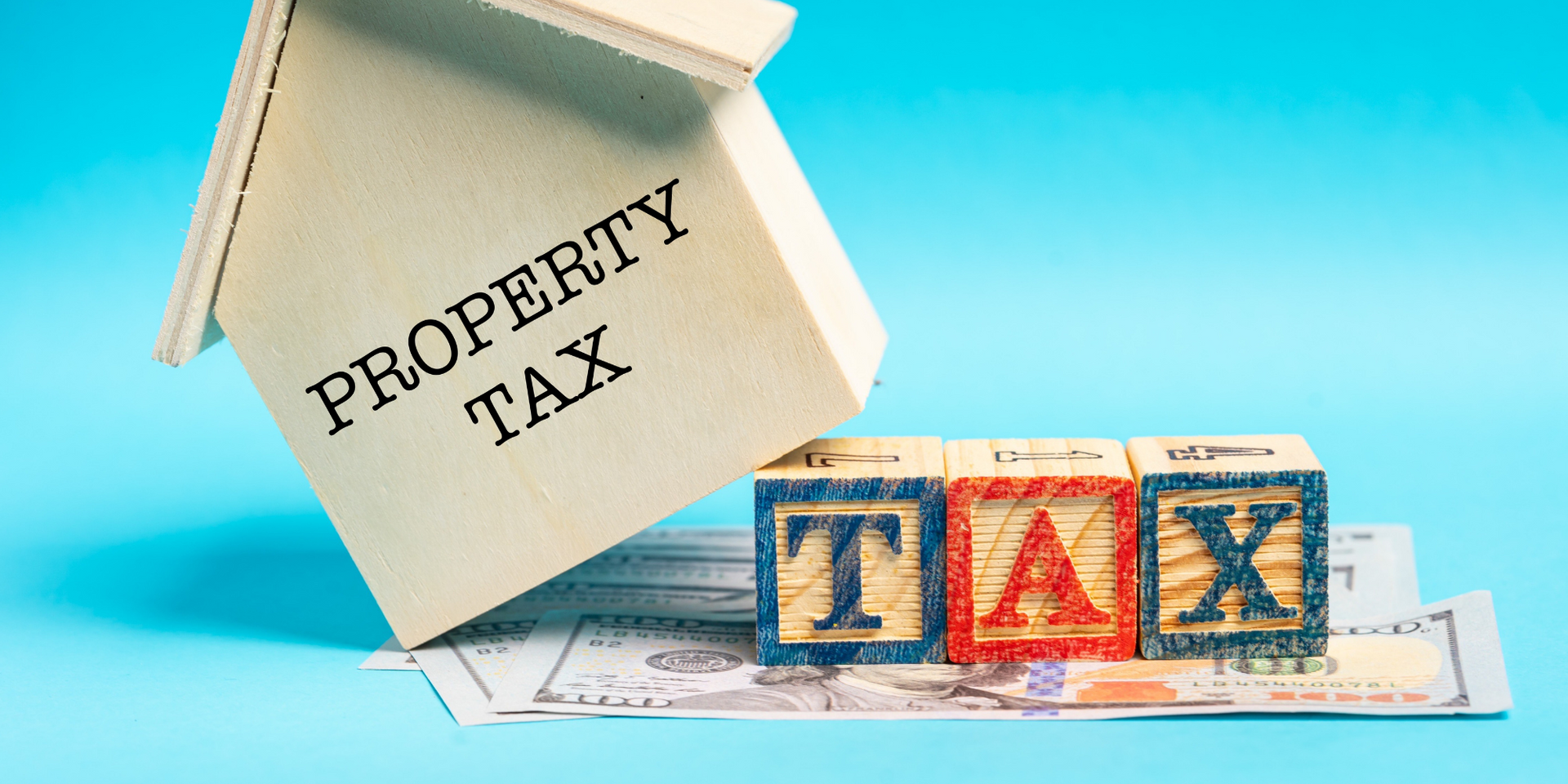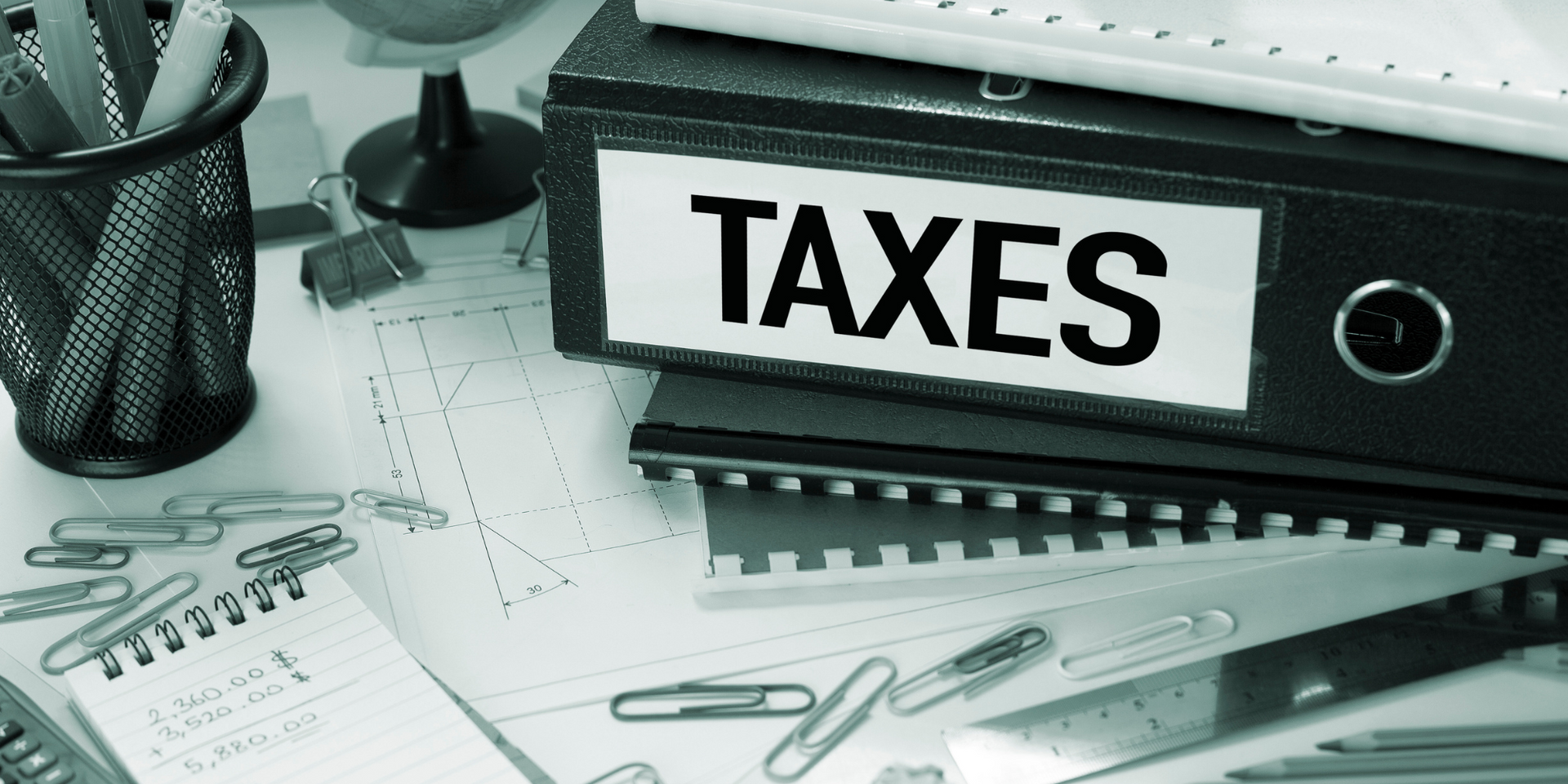Understanding the Principal Residence Exemption and How It Works
The principal residence exemption is a powerful tax benefit for Canadian homeowners, designed to eliminate or significantly reduce capital gains tax when you sell your home. Essentially, it can help you keep more money from the sale in your pocket!
Understanding how this exemption works is essential for maximizing its benefits. Let’s explore the key details to ensure you’re fully prepared when selling your principal residence and filing your taxes.
Understanding how this exemption works is essential for maximizing its benefits. Let’s explore the key details to ensure you’re fully prepared when selling your principal residence and filing your taxes.

What Is a Principal Residence?
A principal residence is a property you own, either alone or with someone else, that is “ordinarily inhabited” by you, your spouse, or your children during the year. If the property is purely an investment (e.g., rental property or a flip), it doesn’t qualify for the exemption.
How Does the Principal Residence Exemption Work?
The principal residence exemption allows you to exclude capital gains (the difference between the purchase and sale price) from your taxable income when selling your primary residence. If the property qualifies, the capital gains can be fully exempt from tax, which can be a significant financial benefit.
Proving Your Principal Residence in Canada
To claim the exemption, you’ll need to prove that the home was your principal residence. Here’s how you can do it:
- Provide documentation showing your address, such as a driver’s license, health care card, or vehicle registration.
- Additional proof could include utility bills, property tax receipts, and insurance documents.
You don't need to submit these with your tax return, but keep them on hand in case the CRA requests verification.
Reporting the Sale of Your Principal Residence
Since 2016, you must report the sale of your principal residence on your tax return to claim the exemption. Follow these steps:
- Gather documents like purchase and sale records.
- Fill out Schedule 3 on your tax return, entering the purchase and sale prices.
- Designate the property as your principal residence by ticking the appropriate box on Schedule 3.
- Calculate the exemption based on the number of years the property was your principal residence.
Examples of Principal Residence Exemption
Example 1: Full Capital Gains Exemption
Let’s say you bought a home in 2000 for $200,000 and sold it in 2020 for $600,000. The capital gain would be $400,000. If the home was your principal residence for the entire time, the $400,000 gain is fully exempt from capital gains tax.
Example 2: Partial Capital Gains Exemption
Your brother bought a lakeside property in 2010 for $300,000 and sold it in 2020 for $500,000, realizing a gain of $200,000. He lived there for 5 years, then rented it out for the remaining 5 years. Since it was his principal residence for only 50% of the time, $100,000 of the gain is exempt, and the other $100,000 is taxable.
Change in Use of Principal Residence
If you convert your principal residence into an income-producing property, like a rental, you trigger a deemed disposition. The CRA treats this as if you sold the home at fair market value and reacquired it as a rental. This can have tax implications, but there are ways to elect to keep the property as your principal residence for a limited time, even while renting it.
Failing to Report the Sale of Your Principal Residence
Not reporting the sale of your principal residence can lead to penalties. The CRA may charge the lesser of $8,000 or $100 per month for late filing, and your tax returns could be reassessed at any time. Make sure to report the sale on time to avoid penalties.
Understanding the principal residence exemption can save you significant amounts in taxes, so it’s important to know how to properly claim it and meet all the reporting requirements.
Key Takeaways
- The principal residence exemption can eliminate capital gains tax on the sale of your home.
- The sale must be reported on Schedule 3 of your T1 Tax Return to claim the exemption.
- Changes in the use of the property may impact the exemption.











